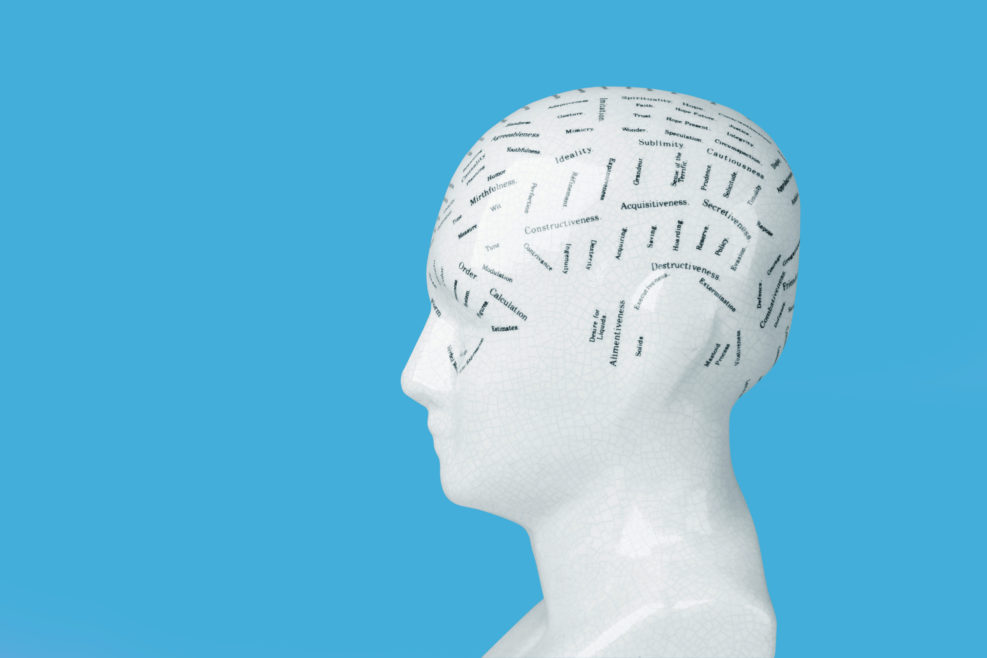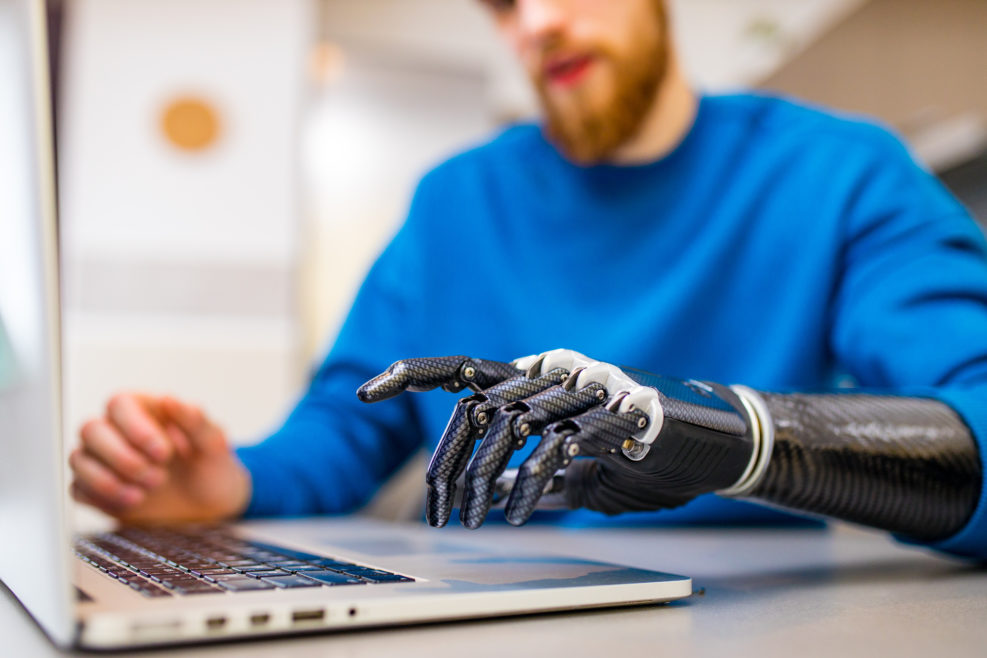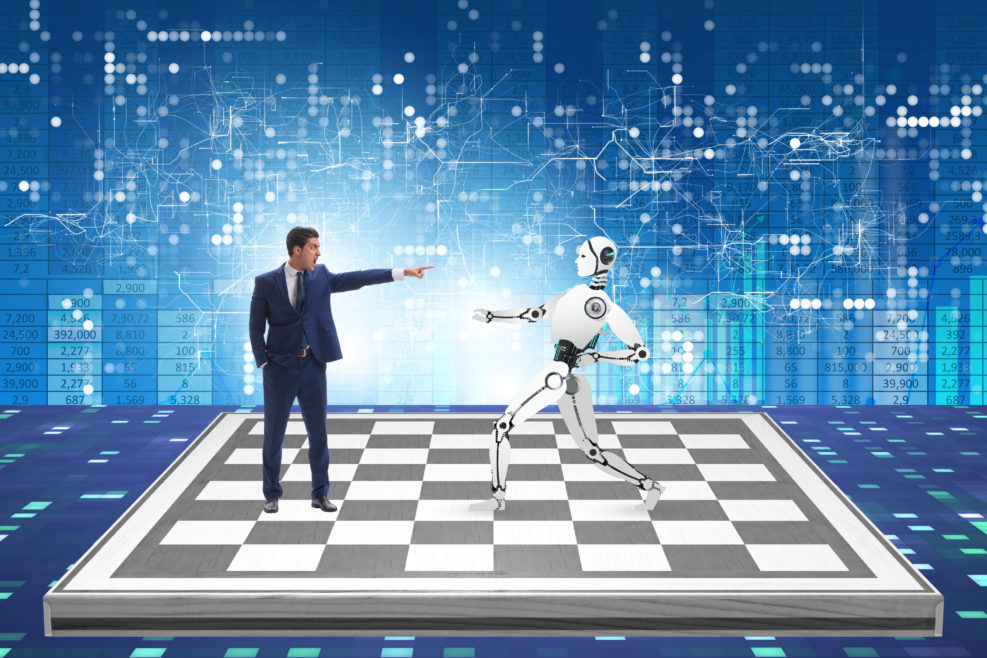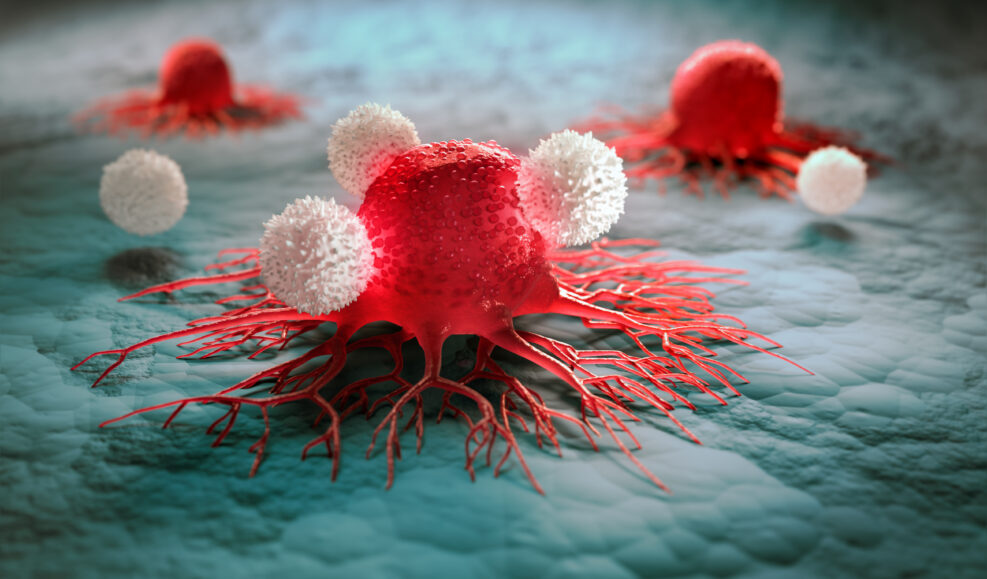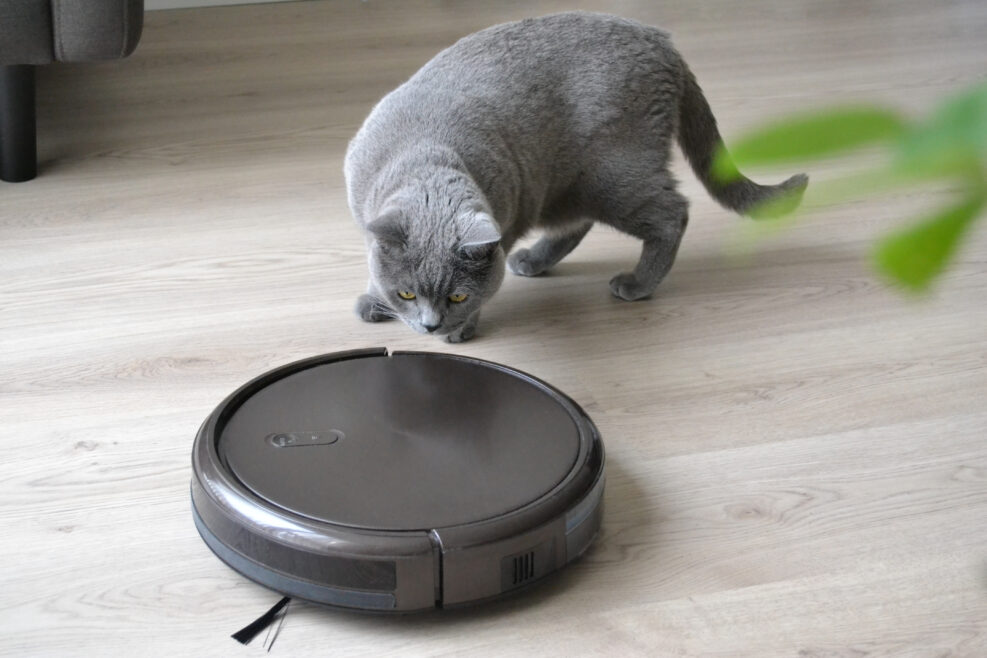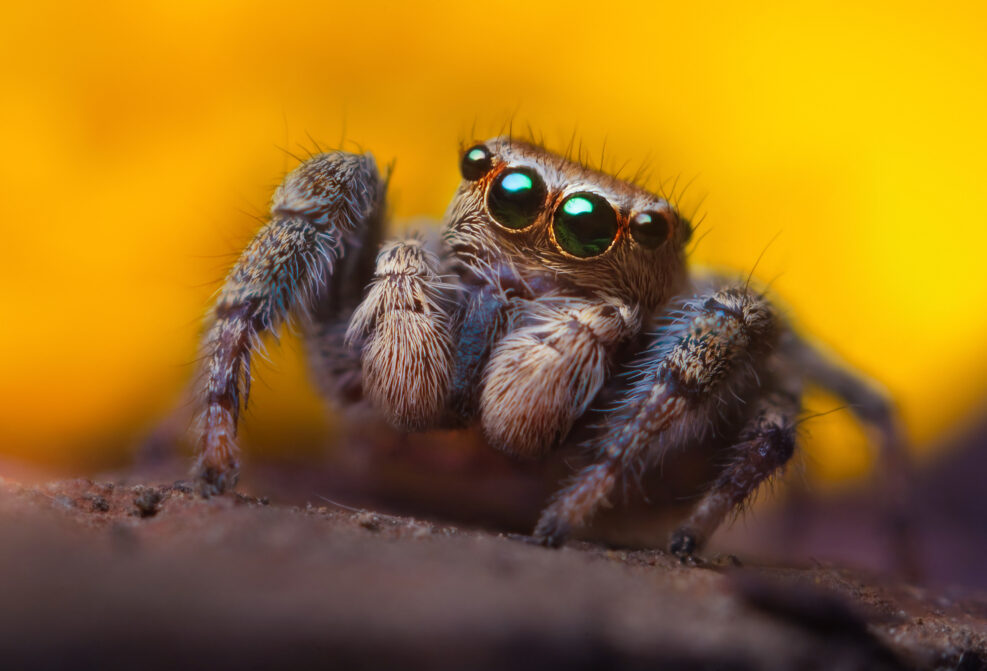
What’s the Relation Between Intelligence and Information?
The fundamental intuition of information as narrowing down possibilities matches up neatly with the concept of intelligenceThe key intuition behind the concept of information is the narrowing of possibilities. The more that possibilities are narrowed down, the greater the information. If I tell you I’m on planet Earth, I haven’t conveyed any information because you already knew that (let’s leave aside space travel). If I tell you I’m in the United States, I’ve begun to narrow down where I am in the world. If I tell you I’m in Texas, I’ve narrowed down my location further. If I tell you I’m forty miles north of Dallas, I’ve narrowed my location down even further. As I keep narrowing down my location, I’m providing you with more and more information. Information is therefore, in its essence, exclusionary: the more Read More ›






